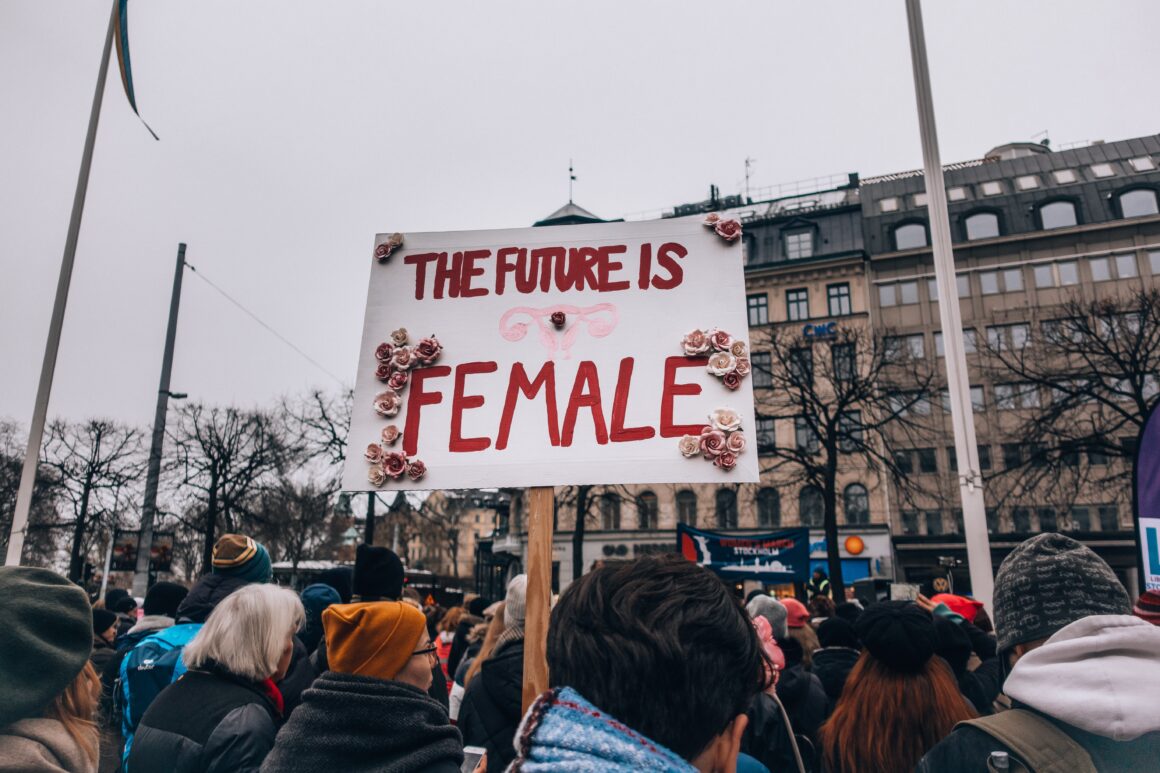According to the Telegraph, three out of four women have been sexually harrassed in cities across the world. A poll by This Girl Can Run Community illustrated that one-third of women receive sexual harassment while out running. A new set of research by the TUC demonstrates that out of the 1,500 women surveyed, one-third of the women have been subjected to unwanted touches and crude comments within their workplace.
Copious amounts of headlines, abundant reports and conversations with our friends only tells us that sexual harassment upon women is not only a story but a sick reality. An everyday occurrence, a normality. One might even consider that sexual harassment has become normalized. After all, our female guardians did raise us from girls to women to avoid eye contact and quicken our pace in the face of lewd comments and calls, at least I know mine did. “It’s just a part of life as a woman,” my mother once solemnly spoke, and this still resonates. Why does it have to be this way?
When I discovered Photo Journalist, Eliza Hatch‘s website and Instagram account named ‘Cheer Up Luv‘, I felt as though Hatch had thought up something wonderful. A photojournalism project documenting women and their experiences with sexual harassment. In essence, Hatch’s project exposes the prevalence of sexual harassment. The site and account are full of photographs of women and their stories of the times that they experienced harassment alongside their photo. This style of photographing the women makes this project ever so personal, too; and consequently, the stories that accompany the photographs become all the more disturbing and real.
One of the participants in the project named Fenna confessed an especially harrowing story: “When I moved to Paris, I didn’t know my way around the city and stopped to ask a man for directions back to the flat I was staying in. The man told me where to go and then proceeded to follow me home, begging me to kiss him. By the time I reached my door, I was pretty scared and didn’t know what to do. I opened the door, walked through and tried to close it before he could get in. But he wedged his foot in the door frame so I couldn’t shut it! The only thing that I could do was to pull him in as if to kiss him then shove him really hard so he fell out the building and I was able to slam the door on his face.”
Another woman photographed by Hatch for her project was Dana. Dana admitted that the “catcalling started” when she was just eleven. That when she “started walking faster” as a “pick up truck with four workers was honking” at her, “someone spat” out of the window at her.
These two stories are amongst many. This project deserves a great amount of attention as it captures the raw reality of sexual harassment that women are subjected to.
According to the Daily Mail, Eliza Hatch said that she decided to launch the project after she discovered that her male friends had “no idea” about the prevalence of sexual harassment. This alone speaks volumes about the necessity of such a project.


